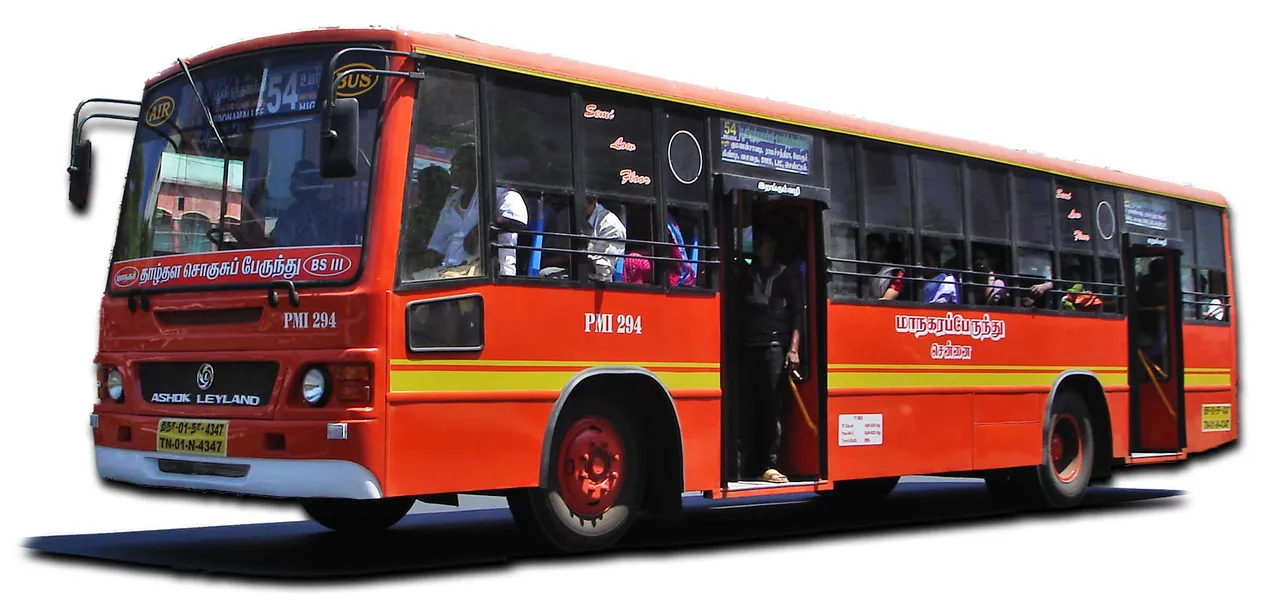
A bus is a large vehicle that is designed to transport a group of people, typically 20 or more, from one place to another. Buses are commonly used for public transportation, such as city buses that travel along a set route, stopping at designated bus stops to pick up and drop off passengers. They are also used for long-distance travel, such as intercity buses that connect cities and towns across a region or country.
Buses come in a variety of sizes and styles, ranging from small, compact buses to large, articulated buses that can carry up to 100 passengers. They are typically powered by diesel or gasoline engines, although some buses are now being equipped with electric or hybrid engines to reduce emissions and operating costs.
Some common types of buses include:
- City buses: These are designed for short-distance travel within a city or metropolitan area, and often have a fixed route that they follow.
- Intercity buses: These are designed for longer-distance travel between cities and towns, and may have amenities such as reclining seats, restrooms, and Wi-Fi.
- Tour buses: These are designed for sightseeing tours and may have amenities such as comfortable seating, air conditioning, and a guide or driver who provides commentary.
- School buses: These are designed to transport children to and from school, and are often yellow in color to make them easily recognizable.
- Coach buses: These are designed for long-distance travel and may have amenities such as reclining seats, restrooms, and Wi-Fi.
Buses are an important mode of transportation for many people, providing an affordable and convenient way to travel. They also help reduce traffic congestion and air pollution by reducing the number of cars on the road.
History
The history of buses dates back to the early 19th century, when horse-drawn stagecoaches were used to transport people and goods. Over time, the development of buses evolved to include motorized vehicles, and today, buses are an essential part of public transportation systems around the world.
Here's a brief history of buses:
- Horse-drawn stagecoaches (1820s): The first buses were horse-drawn stagecoaches, which were used to transport people and goods between towns and cities. These stagecoaches were often uncomfortable and slow, but they provided an essential service to people who could not afford to own horses or carriages.
- Steam-powered buses (1830s): In the 1830s, steam-powered buses were introduced, which were powered by a steam engine and could carry up to 20 passengers. These buses were slower than horse-drawn stagecoaches, but they were more comfortable and could travel longer distances.
- Electric trolleybuses (1880s): In the 1880s, electric trolleybuses were introduced, which were powered by electricity from overhead wires. These buses were more efficient and cleaner than steam-powered buses, and they quickly gained popularity in cities around the world.
- Motorized buses (1900s): In the early 20th century, motorized buses were introduced, which were powered by gasoline or diesel engines. These buses were faster and more comfortable than horse-drawn stagecoaches and steam-powered buses, and they quickly became the dominant form of public transportation.
- Modern buses (1950s-present): In the 1950s, buses began to be designed with a focus on comfort and safety. Modern buses are equipped with amenities such as air conditioning, reclining seats, and safety features such as seatbelts and anti-lock brakes. They also come in a variety of sizes and styles, from small buses used for local transportation to large, articulated buses used for long-distance travel.
Today, buses are an essential part of public transportation systems around the world, providing an affordable and convenient way for people to travel. They continue to evolve with advances in technology, such as the introduction of electric and hybrid buses, which are more environmentally friendly and reduce operating costs.